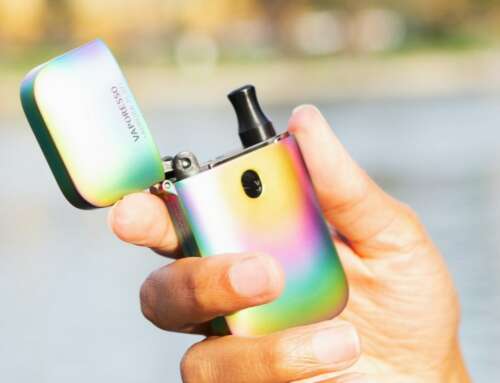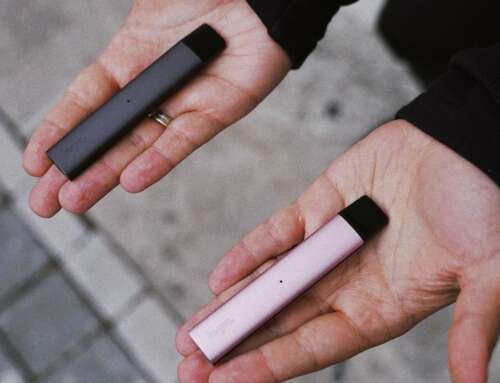Researchers at the University of California San Diego School of Medicine have identified 34 neural factors that predict adolescent alcohol consumption. The list, based upon complex algorithms analyzing data from neuropsychological testing and neuroimaging studies, was significantly more accurate —approximately 74 percent — than demographic information alone.
A mix of social, psychological and biological mechanisms are believed to contribute to alcohol use during adolescence. Demographic risk factors include being male, having higher levels of psychological problems and associating positive outcomes with alcohol (i.e. drinking is fun).
The authors note that past neuropsychological and neuroimaging studies have suggested it might be possible to quantify the underlying behavioral mechanisms of risk for substance abuse. These include poorer performance on tests of executive functioning, comparatively less brain activation of working memory, inhibition and reward processing and less brain volume in regions associated with impulsivity, reward sensitivity and decision making.
Image from Unsplash








Leave A Comment